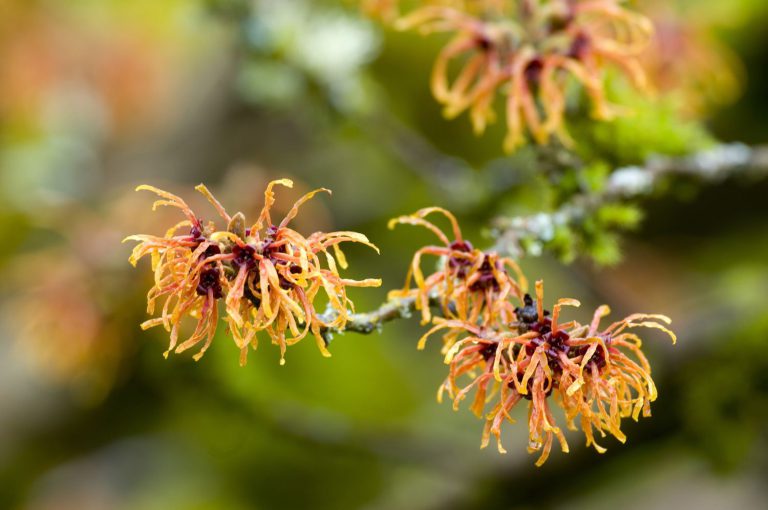Introduction
Your circulatory system is vital to life — it delivers oxygen, nutrients, and hormones to every cell while removing waste. Supporting it naturally can improve energy, reduce fatigue, protect your heart, and even prevent chronic illness.
While diet and exercise are foundational, certain herbs have long been used to promote circulatory health, enhance blood flow, and maintain strong veins and arteries. This article explores the most effective ones and how to use them safely.
🌿 1. Hawthorn (Crataegus spp.)
Hawthorn is a celebrated heart tonic used in both European and Chinese medicine.
Key Benefits:
- Strengthens heart muscle and supports regular heartbeat
- Improves blood flow to the heart
- Helps reduce high blood pressure and cholesterol
How to Use:
- Tincture or tea made from the berries, leaves, and flowers
- Long-term use offers the best results
🌿 2. Ginkgo (Ginkgo biloba)
One of the oldest living tree species, ginkgo is famous for enhancing circulation to the brain and limbs.
Key Benefits:
- Improves blood flow and oxygenation
- Enhances memory and cognitive function
- Reduces symptoms of cold hands and feet due to poor circulation
How to Use:
- Capsules or standardized extract (look for 24% ginkgo flavone glycosides)
Caution: Ginkgo may thin the blood — consult your doctor if on anticoagulants.
🌿 3. Cayenne Pepper (Capsicum annuum)
Though spicy, cayenne is a powerful circulatory stimulant and heart helper.
Key Benefits:
- Increases blood flow and warms cold extremities
- Supports healthy blood pressure
- Contains capsaicin, which strengthens arteries and reduces plaque
How to Use:
- Small doses in capsules or added to food
- Can be used externally in salves for sore muscles or arthritis
🌿 4. Garlic (Allium sativum)
A kitchen staple and heart-supporting superstar.
Key Benefits:
- Helps lower blood pressure and cholesterol
- Acts as a natural blood thinner
- Reduces risk of atherosclerosis and clot formation
How to Use:
- Raw garlic (1–2 cloves/day), aged garlic extract, or capsules
Best taken with food to avoid stomach upset.
🌿 5. Ginger (Zingiber officinale)
More than a digestive aid, ginger improves blood flow and circulation.
Key Benefits:
- Promotes peripheral circulation (great for cold hands and feet)
- Anti-inflammatory and antioxidant properties
- Mild blood-thinning action
How to Use:
- Fresh tea, capsules, or add to cooking
🌿 6. Horse Chestnut (Aesculus hippocastanum)
Used especially for venous insufficiency and varicose veins.
Key Benefits:
- Strengthens capillaries and vein walls
- Reduces swelling, heaviness, and pain in legs
- Improves lymphatic circulation
How to Use:
- Standardized extract (20% aescin) in capsules or cream
- Not for internal use unless processed correctly to remove toxic components
🌿 7. Butcher’s Broom (Ruscus aculeatus)
This lesser-known herb is excellent for vein health and chronic venous disorders.
Key Benefits:
- Supports tone of blood vessels
- Reduces leg swelling and discomfort
- Helps with hemorrhoids and varicose veins
How to Use:
- Capsules or tinctures, often combined with horse chestnut
🌿 8. Gotu Kola (Centella asiatica)
A favorite in Ayurvedic and Chinese medicine for blood vessel repair.
Key Benefits:
- Improves circulation and vascular strength
- Enhances collagen production in vessel walls
- Useful for varicose veins and wound healing
How to Use:
- Tea, tincture, or capsule — long-term use is safe and gentle
🌿 9. Rosemary (Rosmarinus officinalis)
A stimulating herb that promotes mental clarity and circulation.
Key Benefits:
- Enhances circulation to the brain
- Mildly increases blood pressure if too low
- Antioxidant-rich, supports cardiovascular health
How to Use:
- Infused oil, culinary herb, or tea
🌿 10. Dan Shen (Salvia miltiorrhiza)
A powerful Chinese herb often prescribed for blood stagnation.
Key Benefits:
- Moves and invigorates blood
- Helps treat angina and cardiovascular disease
- Antioxidant and anti-inflammatory
How to Use:
- Tincture or powdered extract, typically under practitioner guidance
❤️ Lifestyle Tips to Support Herbal Circulatory Health
Herbs work best when supported by healthy habits:
- Stay hydrated to keep blood flowing freely
- Move your body daily (walks, stretching, yoga)
- Eat a diet rich in leafy greens, omega-3s, and fiber
- Reduce processed foods, sugar, and tobacco
- Practice deep breathing to support vascular tone
⚠️ Safety Note
- Always consult a healthcare professional if you have heart disease, are on medication, or are pregnant
- Some herbs may interact with blood thinners or affect blood pressure
- Use standardized, high-quality herbal supplements for best results
Final Thoughts
Nature provides a rich pharmacopeia for supporting circulation and heart health. Whether you’re dealing with cold extremities, high blood pressure, or just want to nourish your cardiovascular system, these herbs can offer support — gently, effectively, and naturally.
Start small, stay consistent, and combine herbs with movement and whole foods for a full-spectrum approach to vibrant circulatory health.


